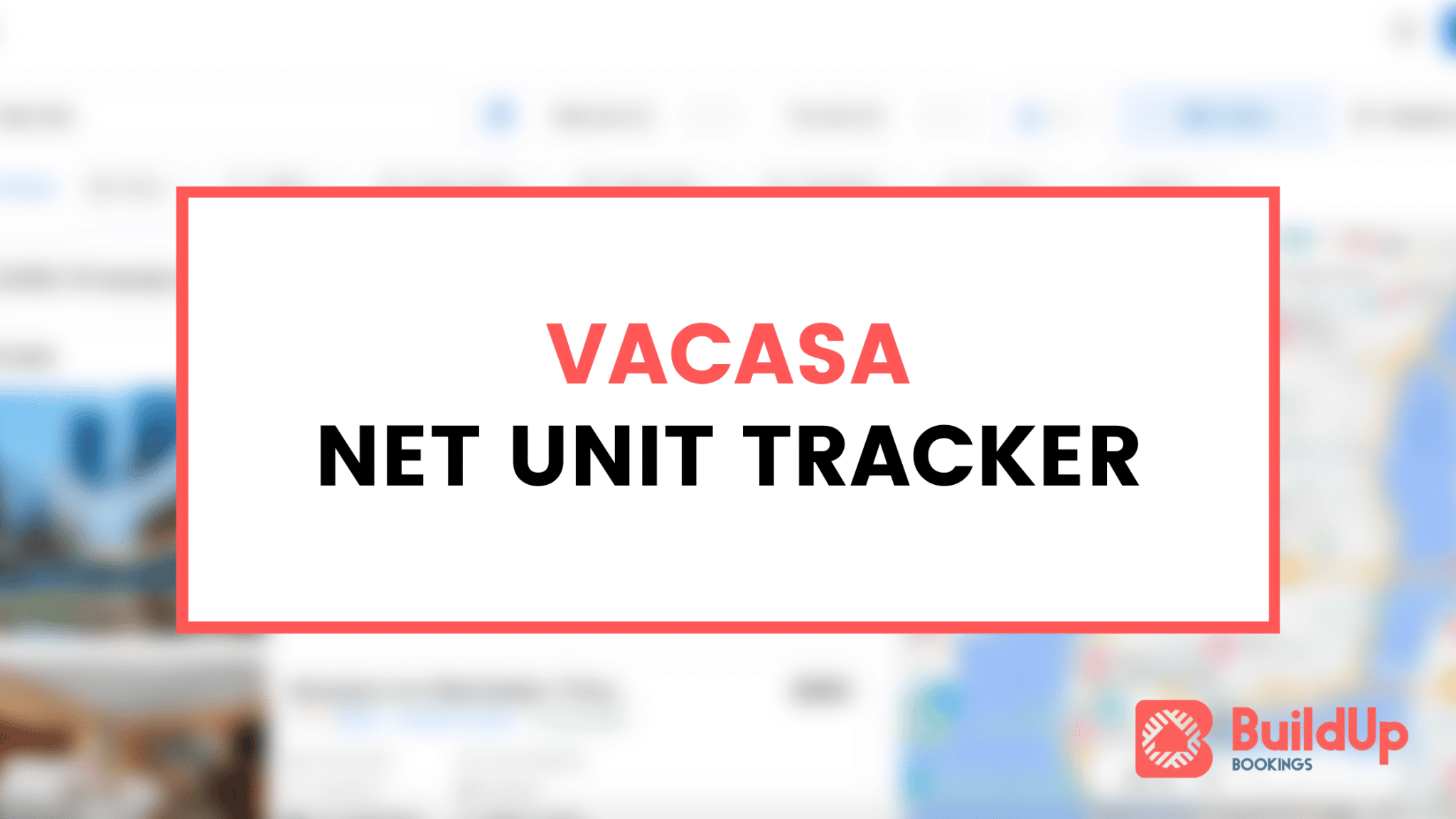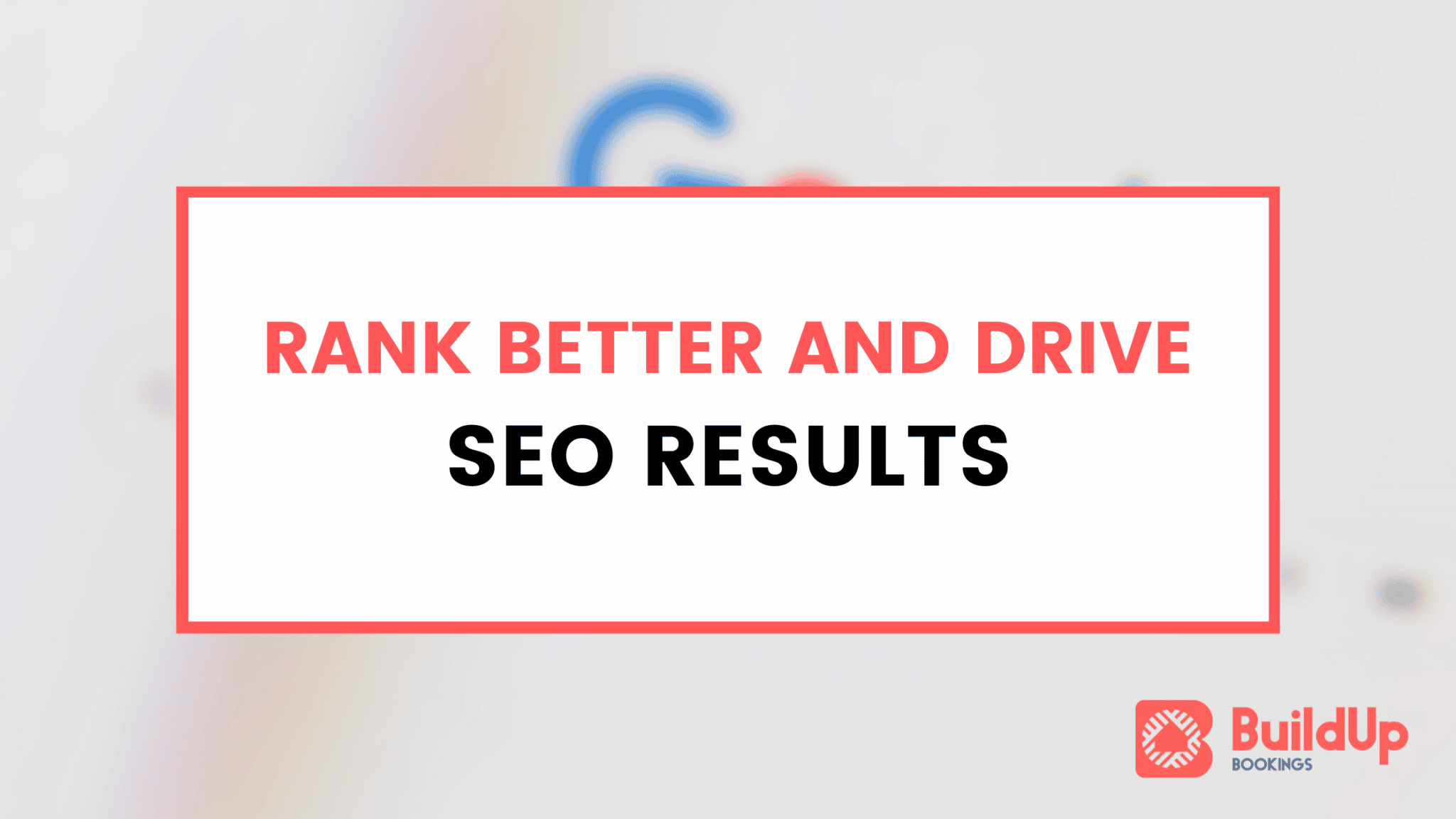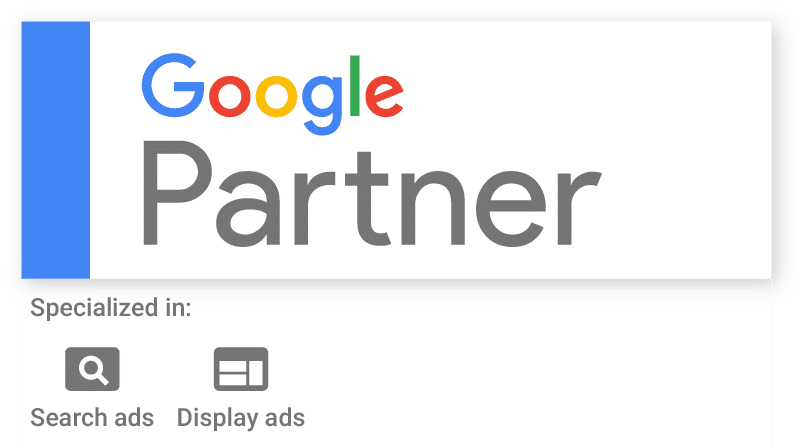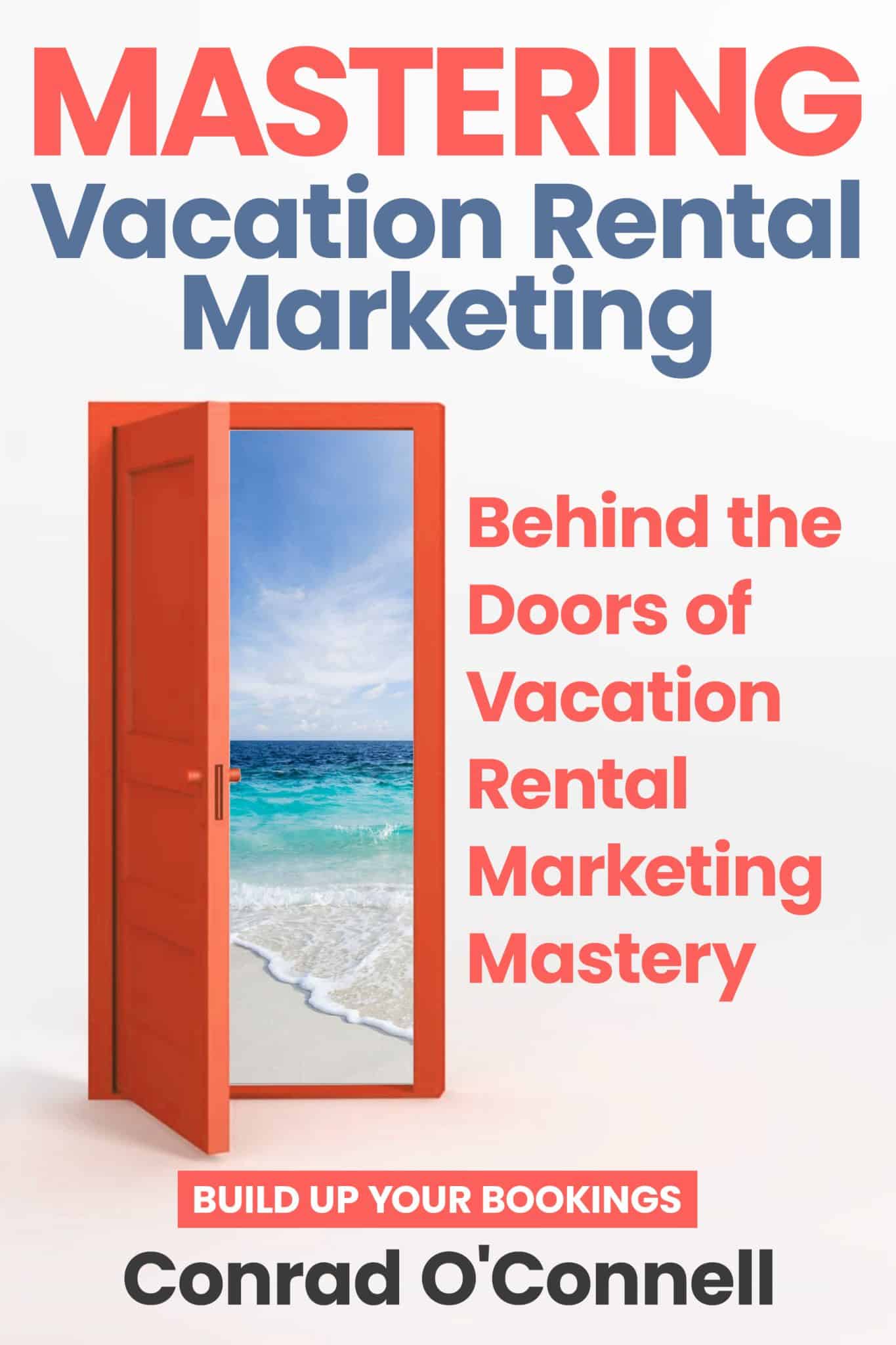Technical, content, links. Here’s the three-step framework for SEO success on any website.
Technical: Starting The Seed
The technical part of the TLC Framework describes how our website is understood for both people and search engines.
A beautifully designed website that Google’s bots can’t see isn’t going to drive much traffic.
We can break down the technical makeup of any website into a few specific subcategories:
Indexing: the ability for Google to crawl and save your website content on their servers.
Site Structure: how we organize the website content to include important information and pages in an easy-to-understand way for both users and Google.
Internal Links: how we guide both users and bots from page to page through the use of cross-linking from page A to page B and so on.
XML & HTML: formatting page code (the underlying “guts” of your website) and sitemap.xml documents to explain the page content itself, the structure of the website and which pages should be shown in search results.
Page Quality & Speed: the experience of accessing your website as a user or a bot: is it fast & easy to read/understand?
Content: Building Each Branch Of Your Website
Let me tell you this from experience: you can’t rank in Google without content. A beautifully designed website without any words on it won’t rank for a thing. It’s the digital equivalent of a restaurant without a door.
The good news is that we can bust some myths about content to hopefully make your content-building process a lot easier.
- You don’t have to “publish every day” to succeed. I personally have almost never seen short micro content win over the long term over in-depth blog posts and content guides.
- There’s no need to keyword stuff. While on-page SEO best practices do change from time to time, in today’s environment there is simply no need to keyword stuff a piece of content thinking that’ll boost rankings. Write useful information that your guests will love: that puts you on the right track to succeed.
- Covering a topic once is almost always better. As you build content for your website, no need to write 7 posts about “The Best Restaurants in CITY”. Once is good – so let’s do it right! Quality and in-depth information is what users and Google want to see.
Links: Growing An Entire Forest Of Organic Traffic From Google
The final leg of our journey ends with L:
Links.
Links, despite Google’s long standing battle with those who seek to abuse the ranking algorithm, remain one of the best signals that they have to evaluate website quality. Think of (real, high-quality) links like coins in a video game: the more you have, the more power you can yield. Links let you move up the ladder and rank for more competitive search terms with your existing content and website.
There’s both good news and bad news as we talk more about links.
First, the bad news: it’s literally impossible that any single owner or vacation rental manager will ever have more (good) links than VRBO, HomeAway or Airbnb.
Now, the good news: you don’t need to.
As you think about your destination, understand that Google aims to show websites in the search results that are the best fit for users of their search engine. That’s what keeps people coming back and what makes Google money (while many clicks go to the “free” organic search results, Google knows that many users click on both organic and paid search results).
Being the best result is about doing the Technical (T) and Content (C) at a high level, no doubt. However Google can’t just base their rankings off of on-site factors.
They rely on mentions ( a.k.a: links) of your website around the web to not just show that they think your website is good, but others do too!
Building the right types of links that help drive rankings isn’t actually that hard. You don’t need lots of expensive tools to do this for your own website. Look for:
- Relevant and related businesses. Building links can start in perhaps the most old fashioned marketing tactic: asking your trusted friends for help. If you consistently recommend, for example, a restaurant to your guests… why not try to leverage that relationship into a mention/link?
- Mentions on existing blog posts and content. While you can always start by emailing and contacting dozens if not hundreds of website owners, cold email doesn’t always have the best success rate. What often can be a quicker path to getting links from other websites is seeing where you’ve already been mentioned and confirming a link is already in place. If not? A quick email goes a long way to restoring the link you earned.
- Being newsworthy. Our personal relationships and referrals can only go so far – you need to have something newsworthy to help drive even more links to your website over time. This could be something as small as a writeup and link in the local paper for a charity you support or a campaign as extensive as working with travel bloggers staying in your rentals. The goal of being newsworthy is to take media coverage and make sure you get a link.
- Where your competition is being mentioned. While I never advocate this being your only strategy, the truth is that it can work very well. If you see a local competitor that’s getting lots of website traffic, see how they’re getting links! Put their website domain into a link research tool like Majestic or Ahrefs to how their mentions are earning them high-quality links. It’s very likely that there are pages out there that mention six of your local competitors… but they don’t mention you! A quick email can earn links from pages like these.




